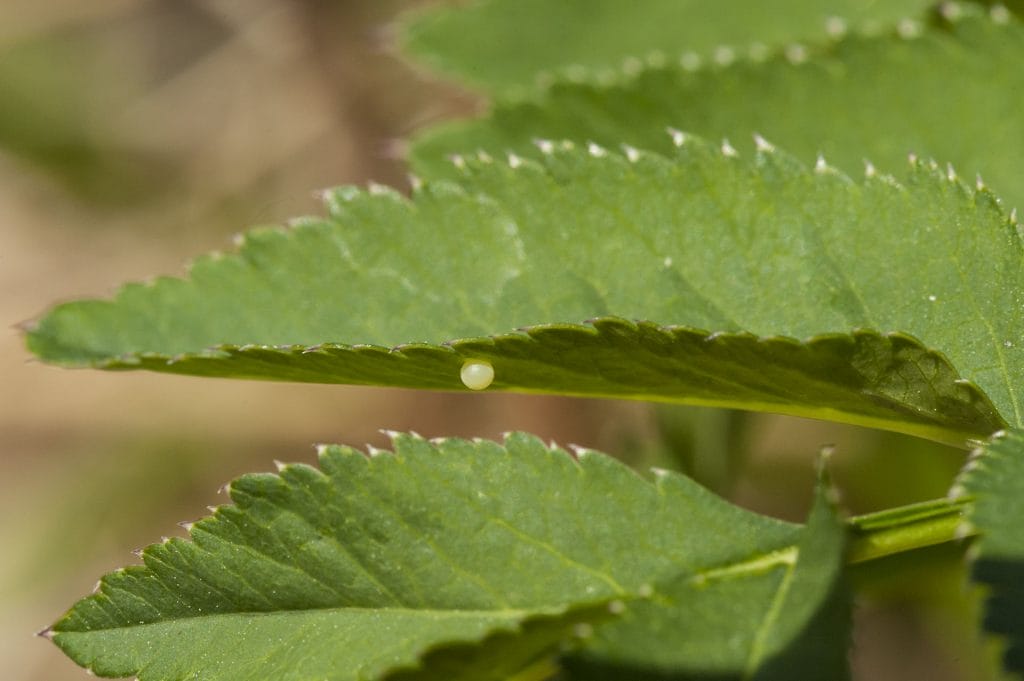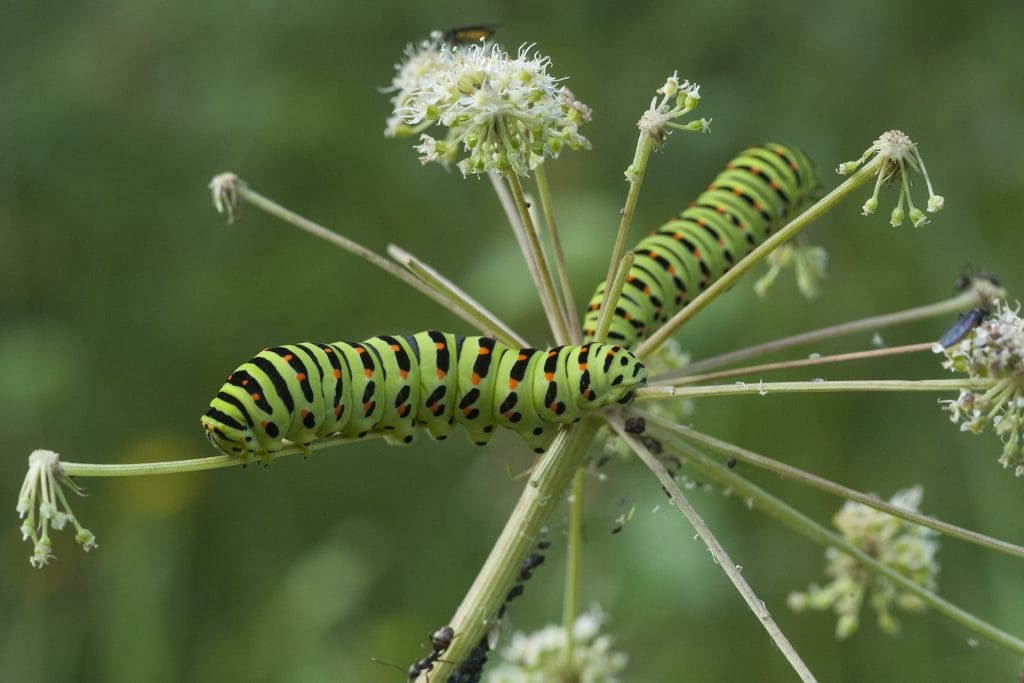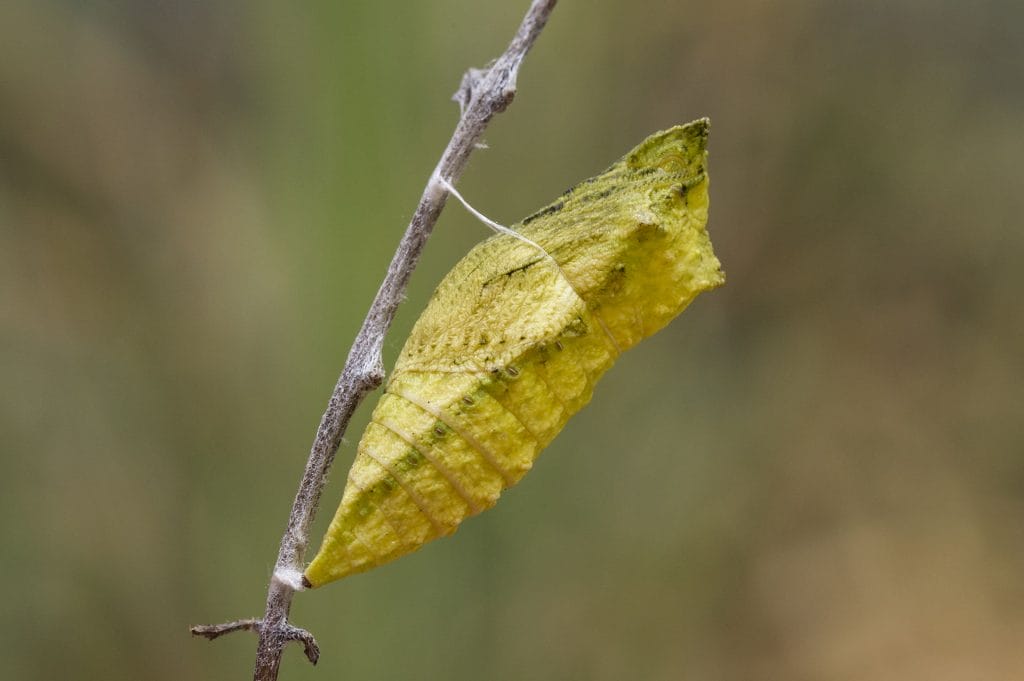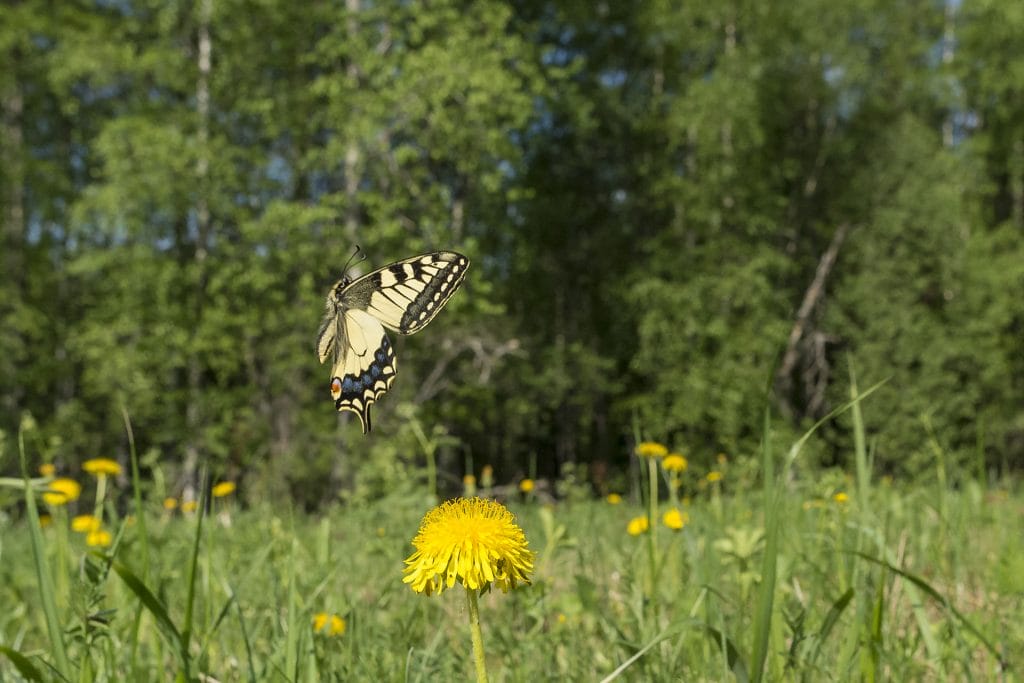Armas Järvelä (1918–2002) was a lepidopterist from Kaustinen, whose hobby resulted in a significant Lepidoptera collection that includes over 21,000 specimens. Most of them represent the adult phase of the butterflies and moths, but the collection also shows the caterpillar and pupa phase. Järvelä started collecting and studying lepidopteran species systematically in the summer of 1960. He collected specimens in Finland and during his travels abroad. He wrote down his observations in detail so they could be used in research work. In addition Armas Järvelä, as many other skilled Lepidoptera enthusiasts, brought up rare butterflies and moths from caterpillars.
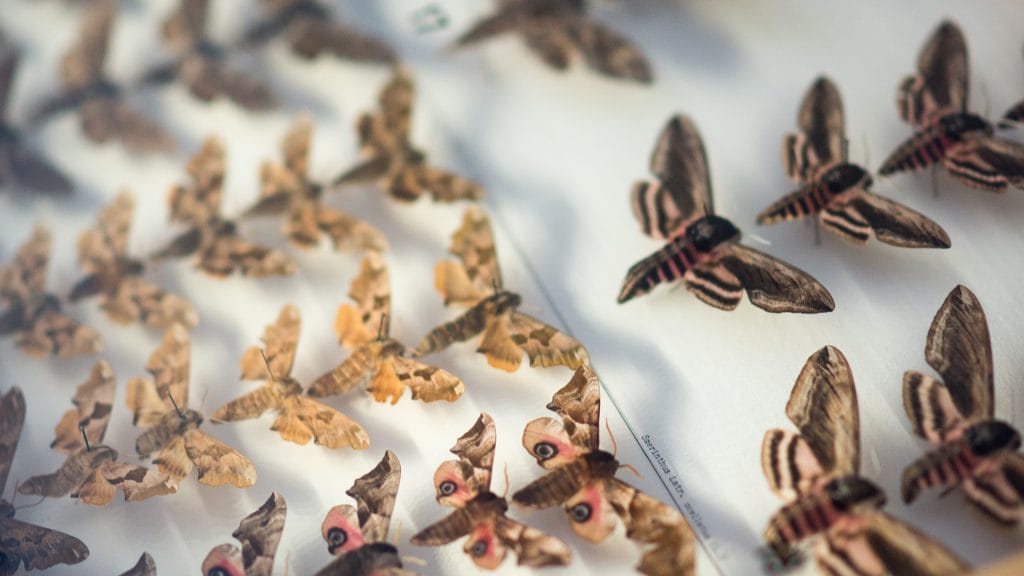
Lepidoptera Collection
“The reason for my enthusiasm is probably the unbelievable beauty and multiplicity of butterflies and moths.”
Lepidoptera, is the largest order of insects. Butterflies and moths have been categorized in many ways, but usually the classification is based on the structure of their genitals and the coloring of their wings. The Lepidoptera displayed in Kieppi are divided into different themes due to the large number of specimens. As a result, butterflies, sphinx moths, silk moths and emperor moths, common moths and leaf roller moths, as well as owlet moths and geometer moths will gradually become more familiar. Visitors can also learn about the ecology of different lepidopteran species (distribution and habitat among other things).
Armas Järvelä
Kaarlo Armas Ensio Järvelä (1918–2002) was born in Kaustinen in Ostrobothnia. He was the oldest of the three children in the family. In his youth, Järvelä showed promise as an artist and his teacher instructed him to seek out a profession where he could use his talents.
In the 1940s, after the Second World War, Järvelä worked as an advertising director for the Central Ostrobothnia’s Consumer’s Cooperative (KPO) in Kokkola. He was a founding member of Kokkola’s Visual Arts Association. Via Lahti and Kuopio, Järvelä moved to Helsinki in 1956. He worked as the advertising manager for the Helsinki factories of the SOK Corporation for over 25 years. Just before retiring, Järvelä was made the advertising director of the coffee roastery in 1983.
During the war, Järvelä’s hobbies included painting, chess and athletics. He did quite well in the latter. In the 1952 Summer Olympics in Helsinki, Järvelä carried the Olympic torch for about a kilometre in Kokkola. However, his favourite hobby was collecting and studying lepidopteran species. Järvelä joined the Lepidopterological Society of Finland.

What defines Lepidoptera?
Lepidoptera (Greek lepis, lepidos=scale, pteron=wing)
Lepidopterans are insects. They have a head, a thorax with three segments and an abdomen with ten segments. The genitals are in the two last segments of the abdomen. The thorax segments each have a pair of legs (thus six legs together), and the two posterior segments generally have a pair of wings. The head has compound eyes, often also simple eyes above the compound eyes, and a pair of antennae between them. The main task of the male’s antennae is to sense the female’s pheromones. The female chooses a suitable plant for the larvae to feed on using its antennae.
Butterflies and moths undergo complete metamorphosis (egg, larva, pupa and adult) and the different life stages have different tasks. The egg and the pupa are transformation and resting stages. A female generally lays hundreds of eggs; the Large Yellow Underwing can even lay 1,500 eggs. The larva (young, adolescent and fully-grown) feeds and often gathers spare nutrition for the adult stage. Many lepidopterans do not feed at all as adults. The task of the adult Lepidoptera is to reproduce and spread.
Lepidopterans are poikilotherms and have a watertight, waxy skin (cuticle) and can close their spiracles. Butterflies and moths are generally capable of flying. About 90 per cent of lepidopterans fly during the night, and therefore moths have developed an organ to detect sounds made by bats. Lepidoptera can be separated from other insects by the fact that they have scales, which cover the wings and give the butterflies and moths their characteristic colours. Most butterflies and moths also have a proboscis that can be kept coiled up under the head. Lepidopterans are usually herbivores, but can as well suck on vertebrate faeces and secretions from carcasses.
The first lepidopterans began to fly on Earth during the Cretaceous period, approximately 90 million years ago. Many of the features of the Lepidoptera fauna in Finland were caused by the Ice Age. The glaciation 20,000 years ago wiped out the lepidopterans in our area and all our lepidopteran species have gradually returned during the approximately 10,000 years after the last glaciation. Butterflies and moths live in many different types of habitats. A typical feature of the Finnish Lepidoptera fauna is that different species from east and south meet here.
